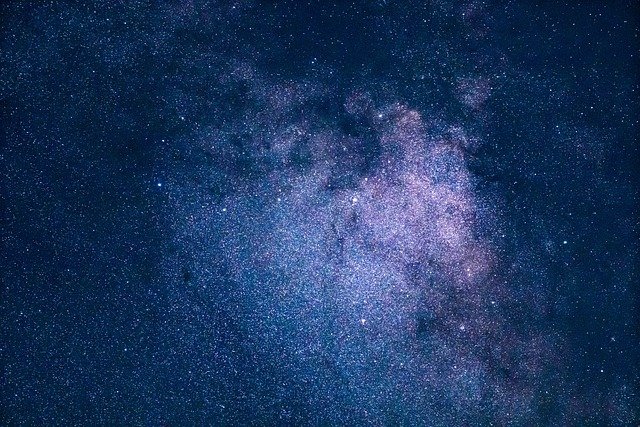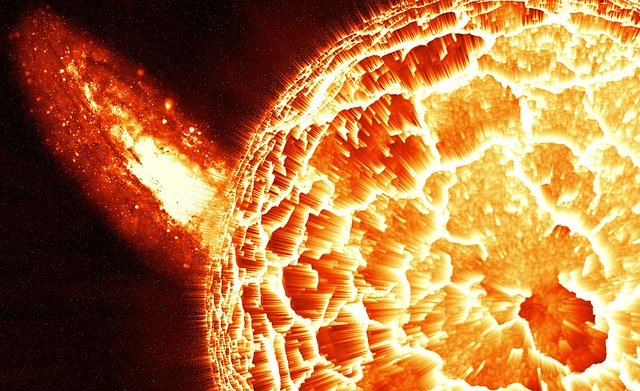How did our Solar System come to be?
Introduction
Solar system as a topic is something that is quite fascinating to some people and a mystery to some others.
The idea of us living on a giant ball in the middle of space along with a number of other giant balls (or not balls) floating around has sparked a lot of imaginations and produced a lot of new concepts, movements and questions in popular culture and society today.
The space or medium where all of the entities described above is situated is known as the solar system.
The solar system is a very important part of life and existence for without it life simply wouldn't exist.
In this post we are going to examine how the solar system was formed and the factors that influenced the formation of the solar system
What is the Solar System?
Well, within the solar system, we can find the sun, as well as many planets, asteroids, comets, and other celestial bodies.
The solar system itself is located within the Milky Way galaxy which is one of the numerous galaxies in our universe.
All of the bodies found within the solar system revolve around the sun derive energy primarily from the sun.
How was the Solar System Formed?
The solar system was primarily created from gas and dust in the outer space and has been evolving into its different unique forms for billions of years.
The gases and dust particles kept coming together through tiny forces of attraction and probably collision to form clumps with larger and increasing mass.
The sun was then formed as a result of the continuous formation of tiny pieces of gas and dust into a single large form capable of emission and radiation.
All other entities created within the solar system were then created by collapsing more gas and dust particles together using gravity.
Before there was a Solar System
The existence of the solar system was preceded by a huge cloud of dust particles and gas.
As little forces of gravity kept attracting the dust particles towards one another, the result was the creation of the sun which came in the shape of a ball made of extremely hot gas.
Gravity is a force of attraction.
The more gravitational force in a body or entity, the more it will be able to have a stronger pull on another body.
Science has proven that as the mass of a body increases so does the gravitational pull it exerts.
A continuous increase in the masses of the dust clumps resulted in a continuous increase in their gravity which in turn caused more particles to even become attracted hereby increasing their mass again. It is a cycle.
Formation of the Sun
An implosion of gas and dust particles influenced by gravity created a massive ball of luminous, hot gas which we call the sun some 4.5 billion years before now.
Energy is generated at the core of the sun through nuclear fusion resulting in a bright ball of plasma, this qualifies the sun as a star.
The main constituents of the sun are hydrogen and helium which exist in a layered form in the sun.
Helium is found most in the core of the sun which is also where the nuclear fusion responsible for producing energy takes place.
Hydrogen and Helium are considered to be the main foundational elements in the solar system.
Hydrogen and Helium exist in large quantities in the universe and they are actually the majority of the matter within the solar system.
Other solar system bodies such as asteroids and planets came into existence as a result of the heat and radiation from the hydrogen and helium in the sun.
How the Planets were Formed
It took millions of years before planets were formed in the solar system and they all came into existence after the sun.
After the initial implosion that bore the hot sun as a ball, the atmosphere started cooling and some existing clouds of gas and dust clumps went into the process of condensation as they lost heat gradually.
These existing clouds of dust clumps kept attracting more particles to themselves as they increased in size just like the sun had done, eventually forming together to create the different planets that we have today through a procedure known as accretion.
Each planet was formed with its own unique traits, features and functions and the formation process of these planets played a role in what each planet resulted into.
Taking the formation of Earth as a case study, the process of the formation of Earth greatly influenced the development of conditions that support life such as water and oxygen.
The formation of Jupiter however (as another case study) has positioned it to stand in place as a sort of shield for other planets against cosmic radiation and asteroids.
The formation process of an individual planet also greatly influences how it orbits around the sun which determines the state of the environment and things like weather on the planet.
The characteristics of a planet are greatly affected by how the planet was formed
Asteroids, comets, and meteoroids were some other bodies that were formed during the creation of the solar addition to planets and the sun.
How have Planets Evolved Over Time
Change has been constantly happening to the planets within the solar system since it was formed.
This is a process known as planetary evolution.
Planetary evolution basically tells the story of the creation, destruction and motion of the planets in the solar system since its inception.
Planets and their evolution are believed to possess the keys to a lot of mysteries surrounding the creation and existence of life.
Kindly share your thoughts on the solar system in the comments




Thanks for your contribution to the STEMsocial community. Feel free to join us on discord to get to know the rest of us!
Please consider delegating to the @stemsocial account (85% of the curation rewards are returned).
Thanks for including @stemsocial as a beneficiary, which gives you stronger support.
To some people, they didn't believe actually that solar system exist
Well, whenever Elon Musk finally gets around to colonizing Mars they'll believe😅😅
a lot of what we are told about the bohr model of the atom is probably wrong
A lot of science is based on hypotheses so I won't be too surprised.